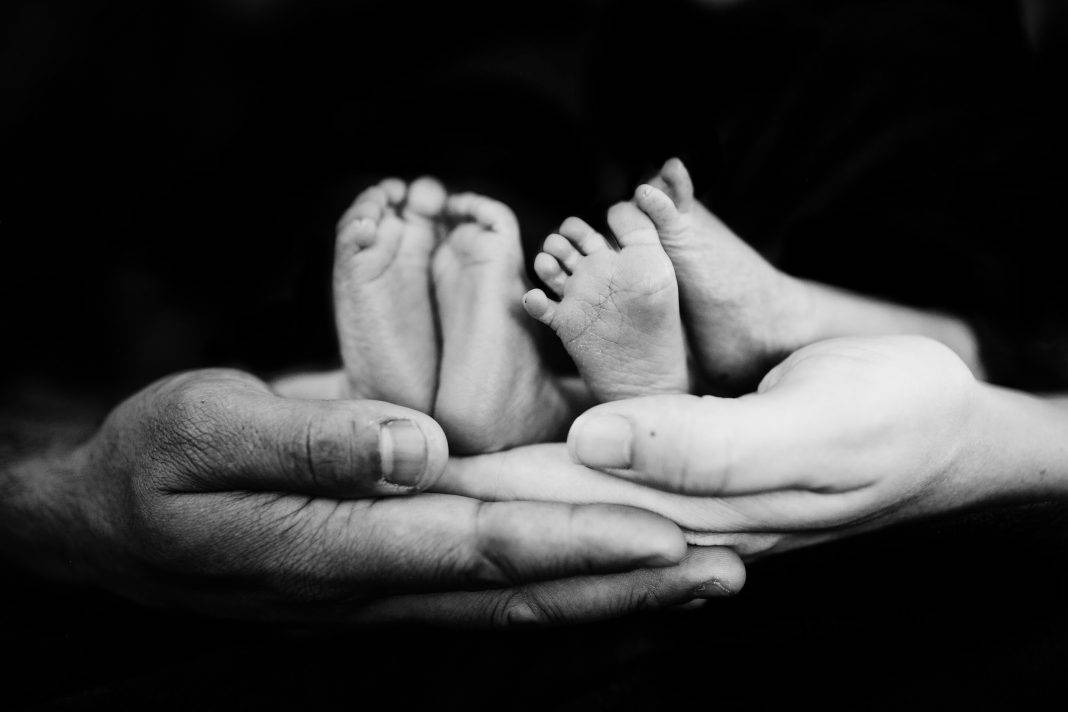You may have heard of vanishing twin syndrome—where one twin is absorbed by the other in the uterus during pregnancy—in the media over the past few years. One particularly stark example comes from the HuffPost story about a 2-year-old boy from China who “gave birth” through his abdominal cavity to his twin brother’s fetus.
What you probably didn’t know, however, is that vanishing twin syndrome, while not typically as extreme as the story mentioned above, is more common than you might think.
According to Kimberly Martin, MD, senior global medical director of women’s health for Natera, an estimated one in three to one in five pregnancies that start as twins result in the birth of only one baby. One study even indicated that it occurs in up to 21 to 30 percent of multifetal gestations.
But despite the fact that this phenomenon is hardly new, many of us aren’t familiar with the signs, symptoms, and effects it can cause the mother and remaining twin. We spoke with experts and women who have gone through this experience: Here is what they had to say about the strange medical phenomenon.
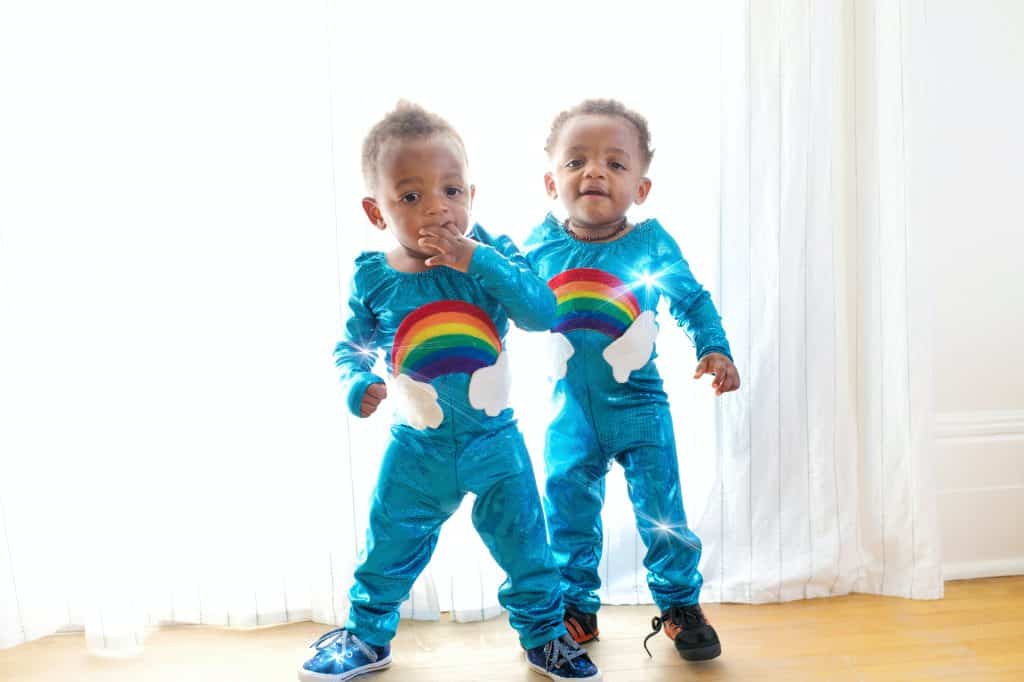
What is vanishing twin syndrome?
The term ‘vanishing twin syndrome’ was initially recognized by Walter Stoeckel in 1945, before the days of ultrasound, when women and their doctors never even knew something had happened. But the syndrome has since gained more traction, as the use of ultrasonography has led to more frequent diagnoses.
“The great technology we have that allows us to closely monitor our pregnancies is both a blessing and a curse because we are aware of so many more things,” says Erin O’Toole, a board-certified prenatal genetic counselor. She explains that a vanishing twin is essentially a miscarriage of one baby in a twin pregnancy (either resulting from spontaneous conception or IVF).
“When these miscarriages happen early enough, the demised baby will ‘dissolve’ and be reabsorbed into the mother, making it look like the baby simply vanished.” The difference here, according to Martin, is that unlike most miscarriages, where the pregnancy is passed through the birth canal, in vanishing twin syndrome, it happens on the inside.
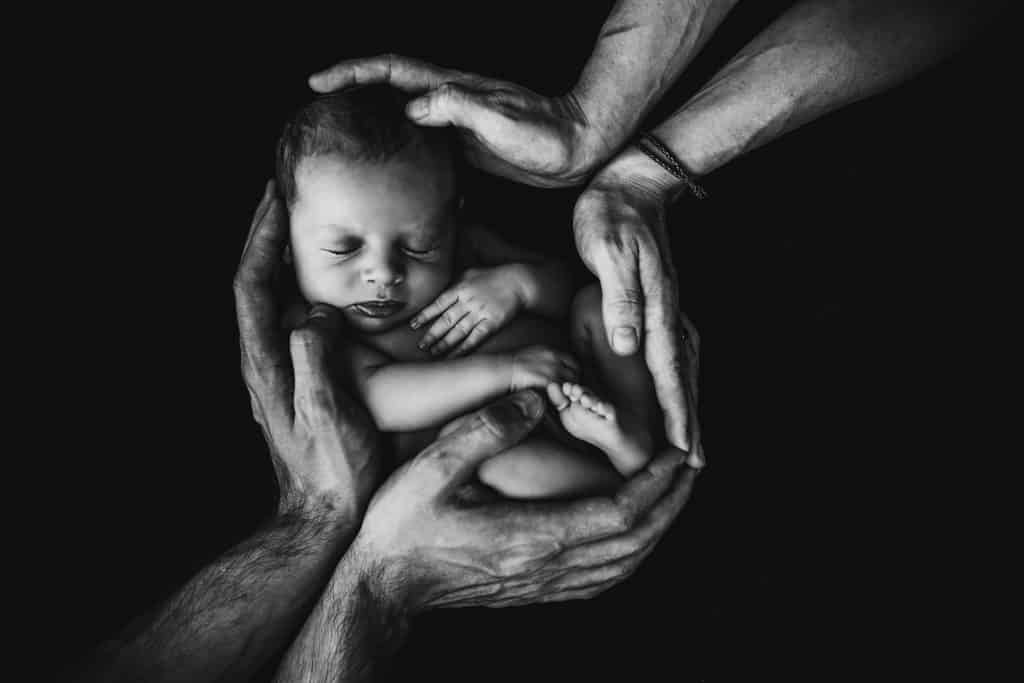
What causes vanishing twin syndrome?
Approximately 15 percent of all clinically recognized pregnancies end in miscarriage, says O’Toole. A vanishing twin is unique, however, because there is still another baby.
“For most miscarriages, we never know the reason why, but over 50 percent of pregnancies that miscarry have a chromosomal abnormality,” she tells HealthyWay. Some studies also point to improper cord implantation as playing a role. Finding out the specific reasons for vanishing twin syndrome, however, isn’t so straightforward, as it’s difficult to test.
“Depending on how early the loss of the twin was, tissue from the demised twin is often not identifiable at delivery,” O’Toole explains. However, she’s quick to point out that in these pregnancies, the DNA of the demised twin will still contribute to the DNA from the pregnancy in the mother’s blood. “One time, I had a patient with a vanishing twin whose blood test identified Y chromosome. Her living baby was actually female, but the vanished twin must have been male.”
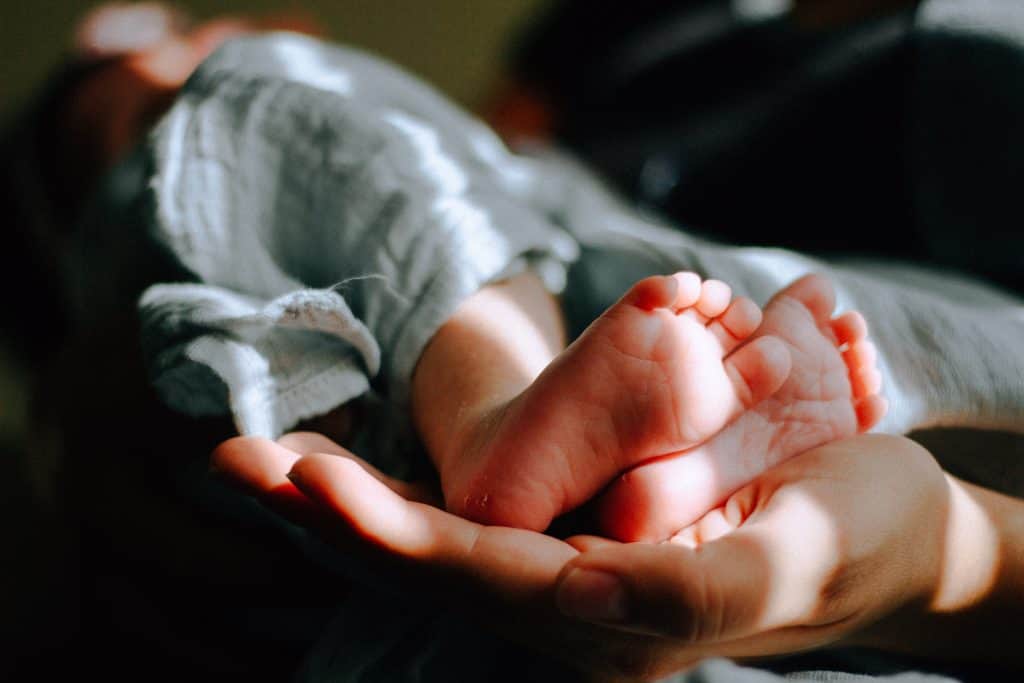
How is vanishing twin syndrome diagnosed?
Vanishing twin syndrome can be difficult to diagnose, because it can sometimes only be detected through and ultrasound. If women are going through fertility treatment, they tend to have ultrasounds more frequently early on in pregnancy. However, she points out that this isn’t the case for women who aren’t going in for fertility treatment, as most won’t have an ultrasound until later in the first trimester. “So it could happen, and no one would ever know,” she says.
Still, there are some common symptoms of vanishing twin syndrome to look out for.
1. Bleeding, Cramping, Pelvic Pain
Bleeding can be a sign of a vanishing twin, says Martin, but because it’s common for 20 percent of women to experience light bleeding in the first trimester, the condition can be hard to detect from this sign alone.
Some women can experience classic miscarriage signs like cramping, bleeding, or pelvic pain—but these signs do not necessarily equate a miscarriage.

2. Ultrasound
Others may have no symptoms at all and will only learn of their condition by ultrasound. For 50-year-old mother Jamie (whose name has been changed for her privacy) of New Jersey, bleeding at seven weeks was the first sign something wasn’t right. At the time, she had been receiving infertility treatment and recalls watching the ultrasound monitor with her fertility doctor—yet they couldn’t make out what they were seeing. While one twin was clearly visible, the other was murky, she recalls. Was it just a sac? A cyst?
“We weren’t sure until we went to the OB-GYN for my 12-week appointment, and she clearly told me,” she says. Jamie’s experience is similar to other women who go through fertility treatment, says Martin, as they tend to have ultrasounds more frequently in the first few weeks of their pregnancy.
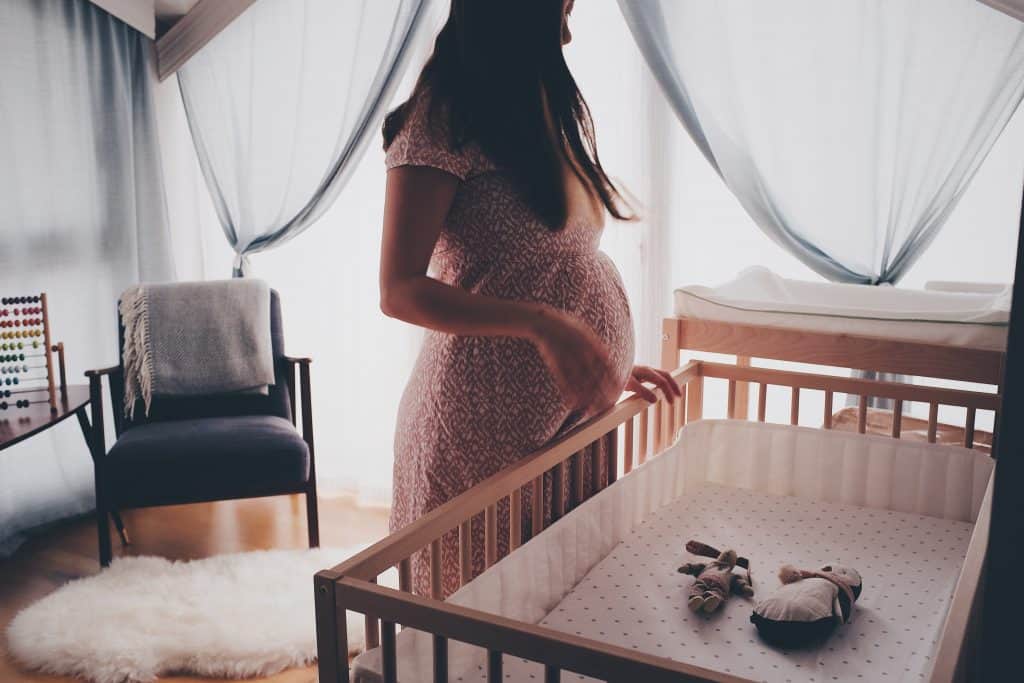
How is vanishing twin syndrome treated?
Finding out about the syndrome often leads to the next question—what treatments are available? According to O’Toole, since the discovery is incidental, most of the time there is no treatment for the miscarriage of one twin, and the mother will continue to carry both babies.
According to Medscape, uncomplicated vanishing twin syndrome requires no special medical care, but the pregnancy should continue to be closely monitored. Studies have shown that the timing of this loss can significantly alter the outcome for both the mother and viable twin.
If it occurs in the first trimester, for example, neither mother nor remaining fetus will typically show any signs or symptoms. Should the loss happen during the second or third trimester, however, the fetus could be at greater risk of developing cerebral palsy or aplasia cutis.
Vanishing twin syndrome can also pose complications for the mother in the way of potential infection or preterm labor. O’Toole says that many women who have experienced a miscarriage of a singleton or had a vanishing twin pregnancy are often concerned about their risk of experiencing another in the future. However, she urges women to keep in mind that miscarriages are common, and having one or two losses is no reason to worry.
“Most healthcare providers define recurrent pregnancy loss as experiencing three or more miscarriages,” she says, as that is typically when a medical investigation occurs to explain why the miscarriages are happening. Research by Holly Ford, MD, and Danny Schust, MD, estimated that the rate of women who do experience recurrent miscarriages is one to two percent.
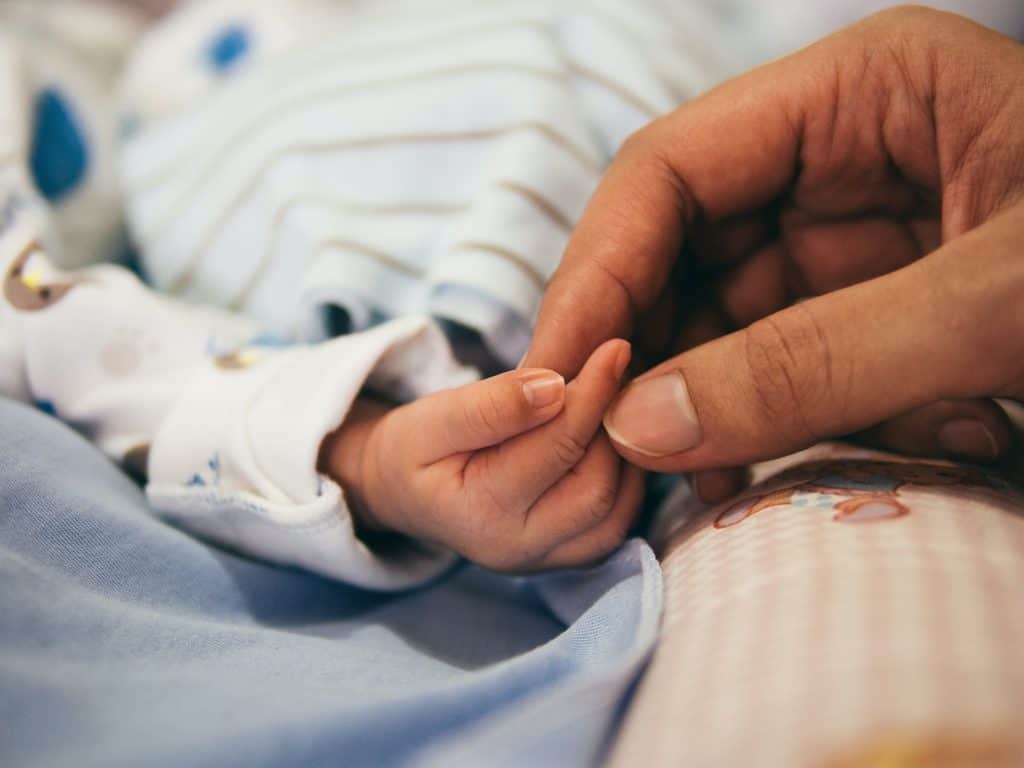
Coping With Vanishing Twin Syndrome
Even though there is little cause for concern for a recurrence of a vanishing twin, the grief response of losing one can be quite deep. “It’s still a miscarriage, just not in the way we think of miscarriage,” explains Kristen N. Burris, a licensed acupuncturist who treats women for ailments during pregnancy.
Burris says it often happens quickly, from the joy of finding out you’re expecting twins to the devastation of finding out one of the twins has not made it. These highs and lows are hard to take, she says. The accompanied terror that ensues about something bad happening to the other child is hard to shake.
“Getting pregnant can be difficult for some couples,” she observes, “and the let down of losing a child, even though you are still pregnant with one, is very real and doesn’t diminish the loss of that child.”
And the further along in a pregnancy, the more attached a couple can become—causing the loss to be that much more difficult. Martin, who has given this diagnosis to patients many times over the course of 20 years, is adamant that healthcare providers become more aware of these conflicting emotions and offer greater understanding and support.
“This situation can be particularly challenging because there is joy related to the anticipated birth of one child, but a sense of loss about the other,” Martin says. But just as each pregnancy varies from patient to patient, the same can be said of each reaction. “Certainly for some women, it is a very sad moment,” says Robert O. Atlas, MD, chair of the Department of Obstetrics and Gynecology at Mercy Medical Center in Baltimore. “For others, it’s a big relief due to the stress which a mother may feel. It really depends on the individual—how they will respond to this finding.”

Vanishing Twin Syndrome Effects On the Mother
In many cases, the amount of trauma relates to how soon in the pregnancy a mother receives her diagnosis. Denise (who asked to remain anonymous), a 34-year-old mom from Chicago, can still recall the panic she experienced eight weeks into her first pregnancy. “I went to the bathroom and saw blood. I thought I was miscarrying,” she remembers.
When Denise later met with her doctor, she was surprised to discover that the ultrasound had revealed the presence of not one, but two amniotic sacs. The doctor explained that while one held a heartbeat, the other did not. “They suspected the bleeding was from the one who wasn’t going to make it.”
For Denise, receiving hers early in the pregnancy helped her cope with the news. “I was just so happy I wasn’t losing the pregnancy that it really wasn’t emotionally that hard on me,” she recalls. “I remember thinking ‘I thought there was one baby, and you’re telling me there’s one baby? I’m good.’”
While Denise was grateful she wasn’t losing the pregnancy, she notes the following visit was somewhat tougher to process. Yet, despite her initial experience, she doesn’t feel that her diagnosis has produced any long-term emotional consequences. She has since gone on to carry two full-term pregnancies with no related complications. “I would want other mamas to know that I had, and you can have, a perfectly healthy pregnancy after.”
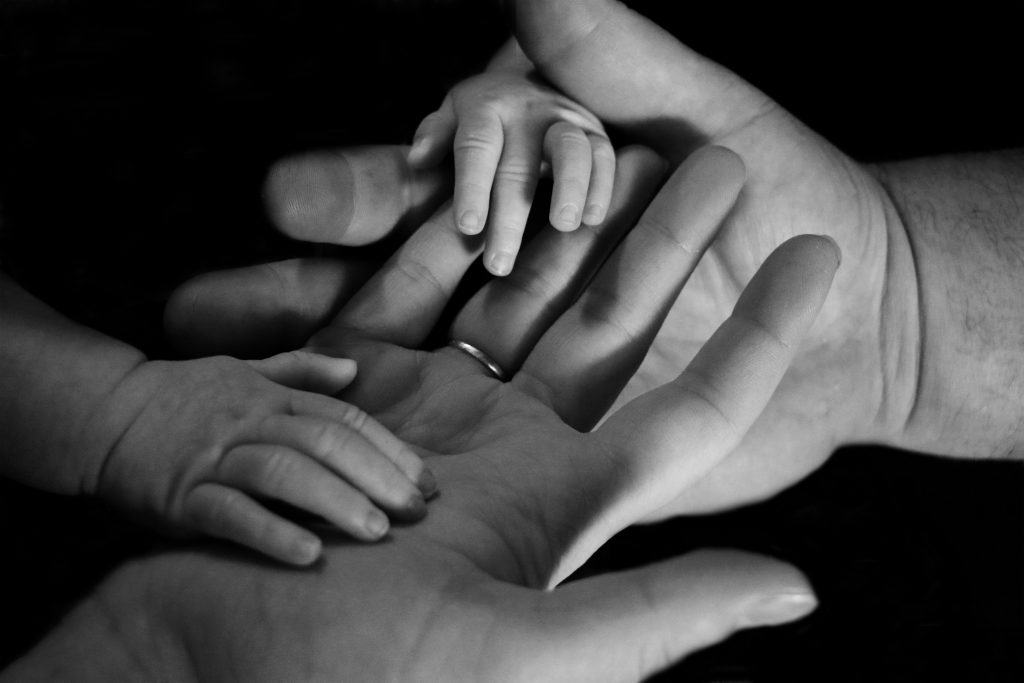
Vanishing Twin Syndrome Impact On Surviving Twin
In vanishing twin syndrome, many questions arise: Does a surviving twin have a prenatal memory of death? Do they experience any symptoms afterward or feel an inexplicable connection to their sibling? Psychologists have long theorized about the lasting effects of sole surviving twins, yet the intricacy and nature of these bonds are still a gray area within science.
Martin says the possible mental effects of the surviving twin remain unknown. “We are not sure if this has ever been studied,” she says. But, as David Cohen of The Independent put it, this “certainly does not mean that such a bond doesn’t exist.” While more research is needed to measure these effects, one thing remains clear from our conversations with surviving twins. The absence of an absorbed twin can fill the other with a persistent feeling that something is missing.
“My mom is an OB-GYN labor and delivery nurse. When she found out that she was pregnant, she had ultrasounds done fast and frequently—that’s how she saw there were two babies,” says Erin (whose name has been changed to protect her privacy), 35, of Oswego, Illinois. “Then suddenly, there was only me.”

For as long as she can remember, Erin has known she was missing her other half. “It was kind of a running joke among my friends that I ‘ate my twin,’ since it was absorbed.” While she’s never experienced any physical effects from being a solo twin, she often speculates about how things could have ended up differently: “What if I was the one who withered away instead of the other child? Would [they] have made my parents’ lives easier than I have? What if that baby was supposed to live and I was supposed to die?” All of these what ifs, Erin admits, “kind of [mess] with your head from time to time.”
“Would we be best friends? Mortal enemies? Would my sibling look like me?” Erin asks. She says the news of her twin didn’t necessarily affect her when she found out, but she adds, “It just made me kind of wish for someone and something that will never be.”
“I recently had a miscarriage of my own at 12 weeks and got to bond with my mother over the fact that she lost a baby, too—no matter how small that child was when it passed.” Despite many years of longing for answers, Erin has made peace with the fact that some things can’t be neatly explained, nor should they be. She wants other women to know that. “Some babies are healthy, and some babies are not,” she says. “Sometimes, things just aren’t meant to be, and we have to deal with the consequences of that.”
